View cart “Sport Robot – Energy transformation – Electric energy to kinetec energy conversion” has been added to your cart.
Product Details
Reviews
Product Details
Objective:
Demonstrate a model of a Human Ear to explain its anatomy and function, including sound reception and transmission
Materials included:
Plastic Parts
Materials not included in the kit:
Procedure and assembly steps:
Procedure included in the kit manual . This is not a ready made product. Student needs to follow the steps to assemble the model…
Description:
Human Ear Model Simulation:
Creating a virtual simulation of the human ear can be a fantastic way to help students understand the anatomy and function of this sensory organ. Here’s how you can describe it:
- Outer Ear: Begin the simulation by showcasing the external part of the ear, including the earlobe and the ear canal. Students can interact with the earlobe to explore how sound waves enter the ear.
- Middle Ear: Move on to the middle ear, where you can represent the eardrum (tympanic membrane) and the three tiny bones called ossicles (hammer, anvil, and stirrup). Students can see how sound vibrations are transmitted from the eardrum to the ossicles.
- Inner Ear: Next, dive into the inner ear, where you can create a 3D model of the cochlea. This is where the magic of hearing happens. Students can explore the cochlea’s spiral shape and learn how it converts sound vibrations into electrical signals that the brain can understand.
- Sound Waves: As part of the simulation, you can include interactive sound wave representations. Students can adjust the frequency and amplitude of sound waves to see how it affects the cochlear response.
- Nerve Pathways: Show the neural pathways connecting the inner ear to the brain. Explain how these pathways transmit signals to the brain, allowing us to perceive and interpret sounds.
- Hearing Impairment: Include an educational component on hearing impairment. Simulate how certain conditions or damage to the ear can affect hearing and demonstrate how hearing aids can amplify sound
Learning outcome:
Have a better understanding of a Human Ear to explain its anatomy and function, including sound reception and transmission using the model built by the student in this project
Section or subject:
Biology
Grades:
3+
Reviews
Be the first to review “Human ear model simulation” Cancel reply

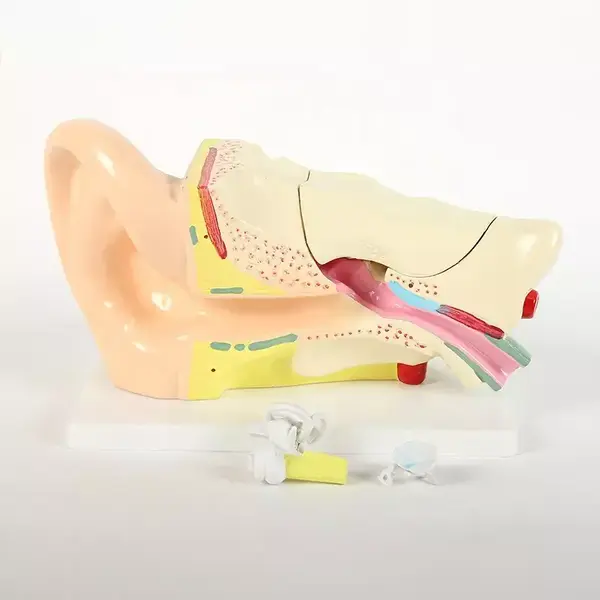
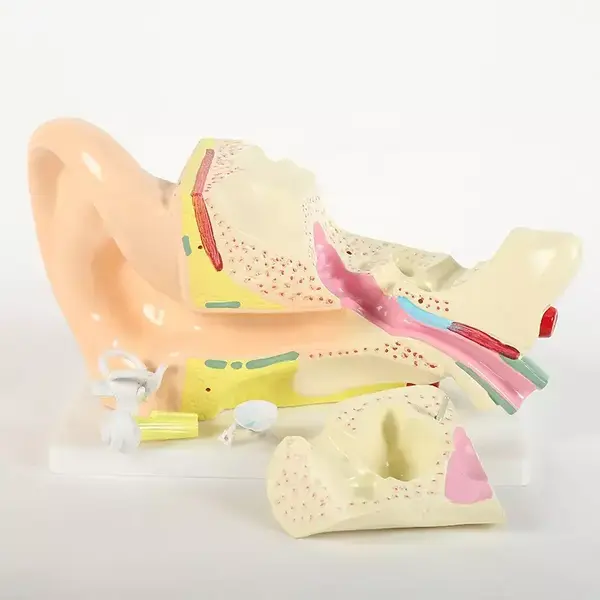
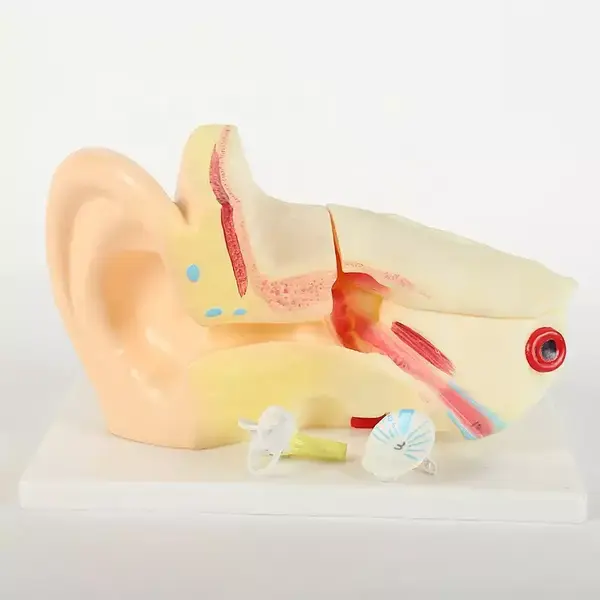
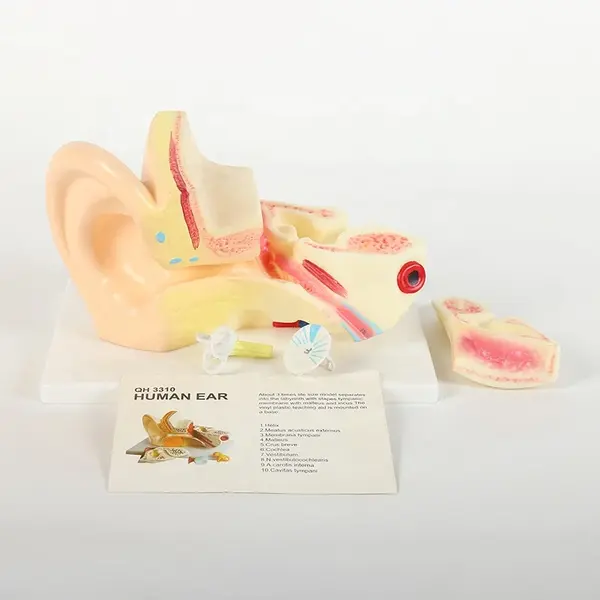



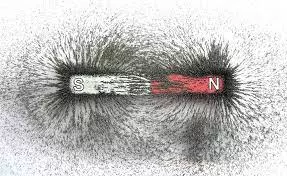
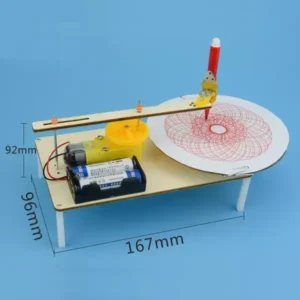
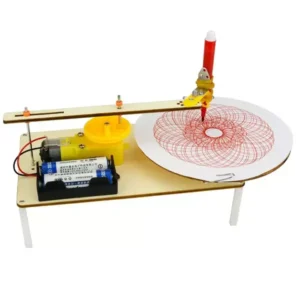




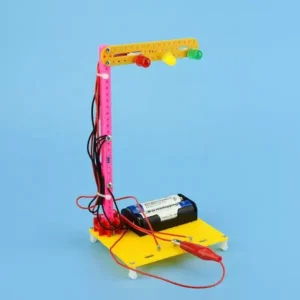

Reviews
There are no reviews yet.